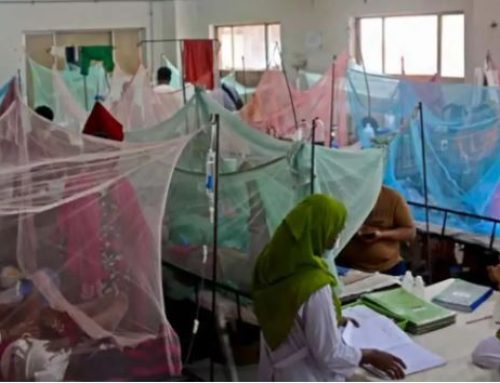Project Description
Author: Mafruha et al.
Summary:
Genital prolapse is a common gynecological problem affecting the quality of life among women. The intricacy of the causes and risk factors for genital prolapse is significantly influenced by cultural, economic, and social circumstances. Therefore, the purpose of this study was to evaluate the socio-demographic characteristics of patients suffering from genital prolapse.
An observational study was conducted among 60 women with genital prolapse in their middle reproductive stage and low parity who attended the Department of Gynae and Obstetrics, Rangpur Medical College Hospital, Rangpur, from September 2006 to April 2007. Women admitted with complaints of protruding mass per vagina and diagnosed with genital prolapse were assessed and staged accordingly. A semistructured questionnaire was used to obtain sociodemographic data and disease information by face-to-face interview. After completing the collection, data were analysed using SPSS software. Ethical measures were taken in accordance with the current Declaration of Helsinki.
Result: In this study, out of 60 genital prolapse patients, 35% were in the 30-34 year age group with average weight, and almost two-thirds had a low monthly income of <3000 taka only. Among all respondents, 47% of women married early, a maximum of 95% had a history of home delivery, and 97% had a history of heavy work during early puerperium. The most common surgical procedure was pelvic floor repair (35%). The most common complications, vaginal discharge, bleeding, and postural hypotension, were observed in a few cases.
Conclusion: Genital prolapsed patients were economically insolvent, heavy workers during pregnancy and had home delivery in their middle reproductive stage and low parity. A universal management approach is recommended for women with prolapse in this stage.
Status: Ongoing
Full text link: Not available



